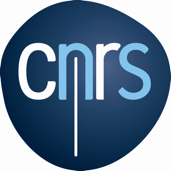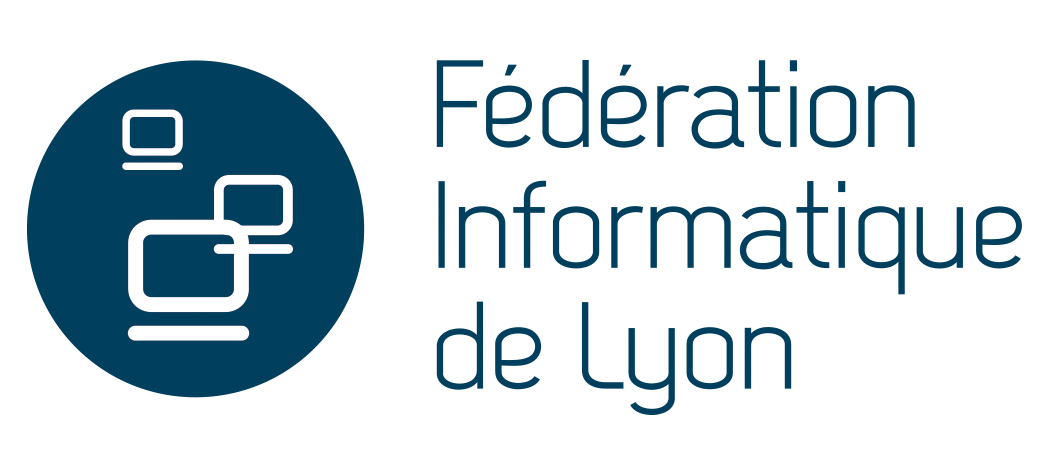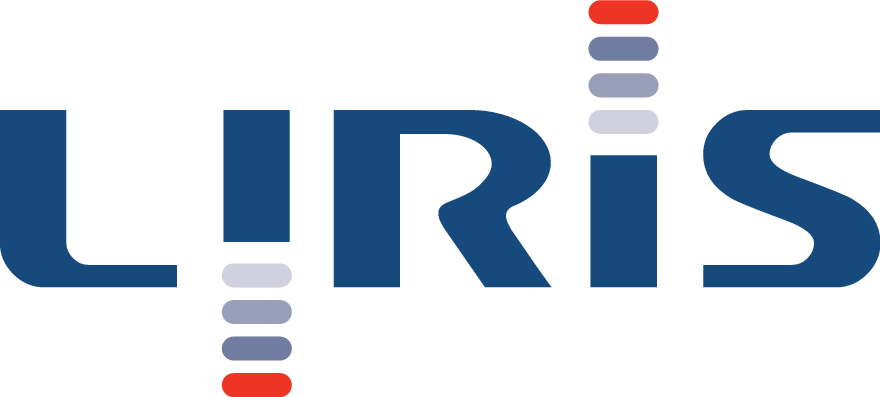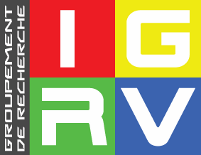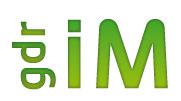Suite aux pérturbations SNCF prévues les 22 et 23 juin, nous avons décidé d'annuler la journée des JIG du 22 juin.
Informatique & Géométrie
Ces journées ont pour but de réunir les communautés de géométrie à l'intérieur du GdR Informatique Mathématique et du GdR Informatique Géométrique et Graphique, Réalité Virtuelle et Visualisation : géométrie discrète, géométrie algorithmique, modélisation géométrique.
Où ?
Bâtiment Darwin D, Salle Fontanès,
Campus de l'Université Lyon1, La Doua,
23-25 Avenue Pierre de Coubertin,
69 622 Villeurbanne.
Orateurs invités
- Sylvain Lefebvre (INRIA, Loria)
- Julien Tierny (CNRS, LIP6)
- Quentin Merigot (Pr, Université Paris Sud)
Inscriptions / Proposer un exposé
L'inscription est gratuite pour cet événement (pauses + repas midi). Pour vous inscrire ou pour nous faire une proposition de présentation : https://jig2018.sciencesconf.org/
Programme scientifique
Programme scientifique et résumés.Organisateurs
David Coeurjolly, Raphaelle Chaine, Julie Digne
Comité Local : Guillaume Damiand, Florent Dupont, Aldo Gonzalez Lorenzo, Vincent Nivoliers, Tristan Roussillon
Contact: jig2018@liris.cnrs.fr
Editions précédentes
- les 23 et 24 septembre 2004 à ESIEE Paris (JIG 2004),
- les 1 et 2 juin 2006 au LIRIS Lyon (JIG 2006),
- les 14 et 15 juin 2007 à INRIA Sophia-Antipolis (JIG 2007),
- les 4 et 5 juin 2008 au LE2I Dijon (JIG 2008),
- les 27 et 28 septembre 2010 au Gipsa-lab Grenoble (JIG 2010),
- les 14 et 15 novembre 2013 au Loria Nancy (JIG 2013).
- les 7 et 8 octobre 2015 à l'ESIEE, Marne-la-Vallée, Paris (JIG 2015).
Programme scientifique (jeudi 21 juin)
(en construction)| 9h | Orateur invité : Sylvain Lefebvre |
| 10h | Pause |
| 10h30 | Orateur invité : Quentin Mérigot |
| 11h30 | Jacques-Olivier Lachaud : Corrected curvature measures |
| 12h00 | Kacper Pluta: Characterization of bijective digitized rotations on the hexagonal grid |
| 12h30 | Repas |
| 14h00 | Orateur invité : Julien Tierny |
| 15h00 | Tibor Stanko: Shape from sensors: Reconstructing curves and surfaces from 3D orientations |
| 15h30 | Phuc Ngo: Préservation topologique et géométrique des objets discrets 2D par transformations rigides |
| 16h00 | Pause |
| 16h30 | Nicolas Normand : A streaming algorithm for granulometry spectrum estimation |
| 17h00 | Yohann Béarzi: Wavejets: A Local Frequency Framework for Shape Details Amplification |
| 17h30 | Fin |
Titres et résumés
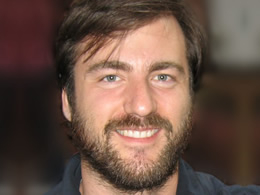
Sylvain Lefebvre (INRIA, LORIA) |
Synthesizing infill patterns for additive manufacturing Abstract: 3D printed objects are formed by progressively depositing material, usually layer by layer. Thus, contrary to traditional fabrication techniques such as milling, additive manufacturing does not suffer from tool accessibility issues. This affords for the manufacture of parts with unprecedented freedom of shape. At the same time, build time and material costs are high, and therefore there is a huge incentive to save both. Thus, a strong research focus is to produce internal structures within parts that will optimize their properties. Beyond saving time and material, these properties encompass a range of applications, such as obtaining porous, rigid, flexible and/or lightweight parts. The difficulty in designing such infill structures stems from three challenges: First, the fabrication processes are not free of constraints: minimal thickness, overhang angles, disconnected parts during fabrication. Second, it is hard to predict the final properties obtained from a specific pattern geometry, especially when the target properties vary within the parts. Third, modeling such detailed, intricate patterns using traditional CAD tools is a daunting task. In this presentation we will discuss recent techniques developed within our team to automate the generation of infill patterns. |
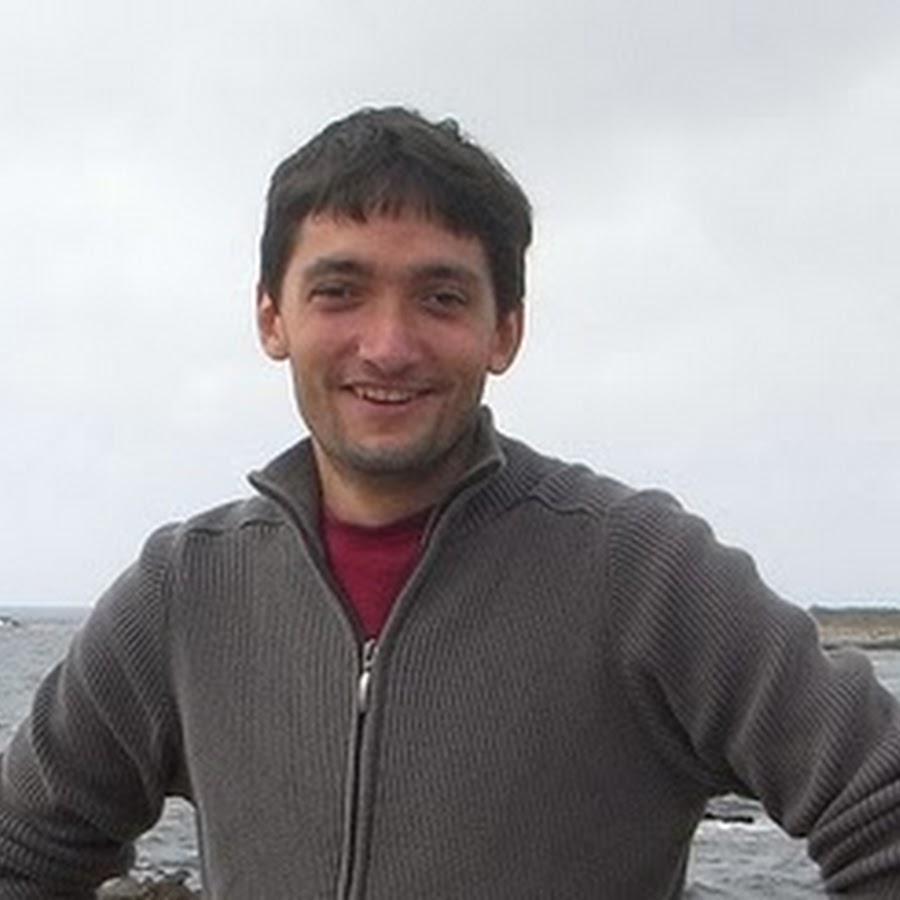
Quentin Mérigot (Pr, Université Paris Sud) |
Optique anidolique, transport optimal et géométrie algorithmique Résumé : Un composant optique est dit anidolique (ou non imageant) lorsque son objectif est de transporter l'énergie lumineuse plutôt que de transporter une image. Des problèmes de ce type apparaissent dans de nombreuses applications: éclairage public, phares de voiture, agriculture hydroponique, fours solaires, fibres optiques. L'objectif de cet exposé est de montrer comment la combinaison d'outils venant du transport optimal et de la géométrie algorithmique permet de construire toute une variété de composants anidoliques de manière efficace et précise. |
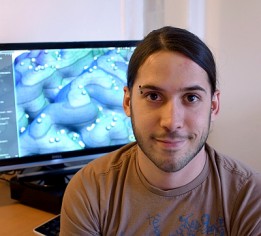
Julien Tierny (CNRS, LIP6) |
The Topology ToolKit Abstract: This talk will present the Topology ToolKit (TTK), a software platform designed for the topological analysis of scalar data in scientific visualization. While topological data analysis has gained in popularity over the last two decades, it has not yet been widely adopted as a standard data analysis tool for end users or developers. TTK aims at addressing this problem by providing a unified, generic, efficient, and robust implementation of key algorithms for the topological analysis of scalar data, including: critical points, integral lines, persistence diagrams, persistence curves, merge trees, contour trees, Morse-Smale complexes, fiber surfaces, continuous scatterplots, Jacobi sets, Reeb spaces, and more. TTK is easily accessible to end users due to a tight integration with ParaView. It is also easily accessible to developers through a variety of bindings (Python, VTK/C++) for fast prototyping or through direct, dependency-free, C++, to ease integration into pre-existing complex systems. While developing TTK, we faced several algorithmic and software engineering challenges, which I will describe in this talk. In particular, I will present an algorithm for the construction of a discrete gradient that complies to the critical points extracted in the piecewise-linear setting. This algorithm guarantees a combinatorial consistency across the topological abstractions supported by TTK, and importantly, a unified implementation of topological data simplification for multi-scale exploration and analysis. We also present a cached triangulation data structure, that supports time efficient and generic traversals, which self-adjusts its memory usage on demand for input simplicial meshes and which implicitly emulates a triangulation for regular grids with no memory overhead. Finally, we describe an original software architecture, which guarantees memory efficient and direct accesses to TTK features, while still allowing for researchers powerful and easy bindings and extensions. TTK is open source (BSD license) and its code, online documentation and video tutorials are available on TTK’s website: https://topology-tool-kit.github.io/. |
Sponsors
